Kuwekuli sea
Bounded by the Kono'ian islands to the south and the Egician peninsula in the north, the Kuwekuli sea is an enormous body of water featuring six large atolls, a extensive barrier reef and dozens of small to middling coral islands. Its sheltered waters and uninhabited islands have created a fantastically biodiverse area, home to hundreds of unique species, and is the only known spawning ground of cloud rays.
Due to the region's ecological importance, the expanse of sea between Puululeha, Waihino, and Aleha was designated a marine park in 1789. A triangular area over two hundred miles on each side, it is the first and most extensive marine conservation area in the world, and is the result of decades of work between the countries of the Kono'i Commonwealth, Waiaka, and Republic of Nikia. The national bird and flower of each country around the inner sea are all species unique to the area and the Migration of the Cloud Ray is the unofficial national anthem of Kono'i.
 Adult cloud rays are the most recognisable fish in the world. With white bellies and grey backs, the juveniles resemble the much smaller modara ray but, upon reaching adulthood, the cloud ray begins to eat voraciously, fuelling development of a secondary set of fins and more than doubling its wingspan. After this, the young adults form a school which begins to spiral around into a column, beginning at the sea floor and rising to the surface over a matter of hours. As the top of the column reaches the surface of the water, the rays begin to breach and, after a few abortative attempts, take flight, continuing the column into the sky.
From there, the rays begin their migration westwards and upwards, following the sun in large schools.
Adult cloud rays are the most recognisable fish in the world. With white bellies and grey backs, the juveniles resemble the much smaller modara ray but, upon reaching adulthood, the cloud ray begins to eat voraciously, fuelling development of a secondary set of fins and more than doubling its wingspan. After this, the young adults form a school which begins to spiral around into a column, beginning at the sea floor and rising to the surface over a matter of hours. As the top of the column reaches the surface of the water, the rays begin to breach and, after a few abortative attempts, take flight, continuing the column into the sky.
From there, the rays begin their migration westwards and upwards, following the sun in large schools.
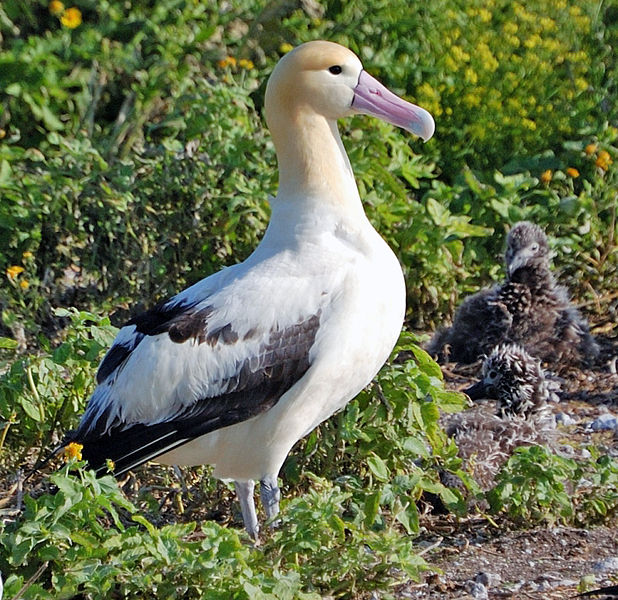 The golden-headed albatross is the largest flying bird in the world and the region's most recognisable bird. The islands of the Kuwekuli sea provide breeding sites to 95% of the world's population. It migrates between Aeho'ai and Iasteron, using the sea's ample supply of fish and squid to teach juveniles to hunt and to fatten up for the return journey.
The golden-headed albatross is the largest flying bird in the world and the region's most recognisable bird. The islands of the Kuwekuli sea provide breeding sites to 95% of the world's population. It migrates between Aeho'ai and Iasteron, using the sea's ample supply of fish and squid to teach juveniles to hunt and to fatten up for the return journey.
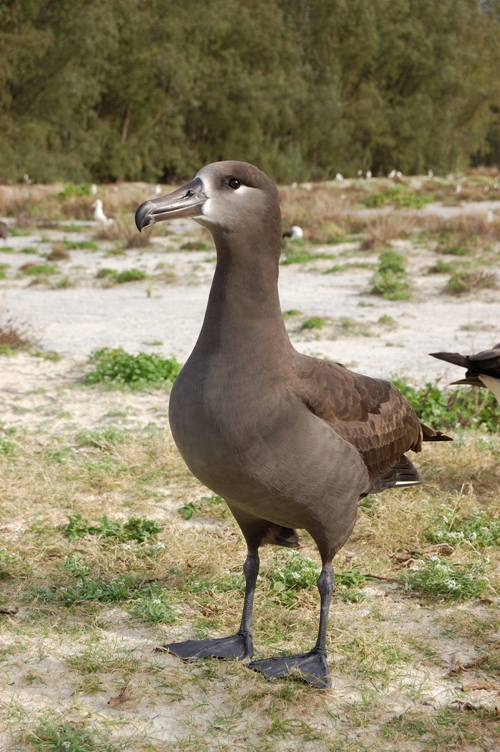 The much smaller grey albatross is a year-round resident of the islands of Puululeha, Keanapu and Aleha. It is a highly adaptive species and, despite being found nowhere else in the world, it is not considered to be of concern for environmentalists.
The much smaller grey albatross is a year-round resident of the islands of Puululeha, Keanapu and Aleha. It is a highly adaptive species and, despite being found nowhere else in the world, it is not considered to be of concern for environmentalists.
 The roseate sea eagle has been seen as far west as Kono'i, and a thriving colony has established a nestsite in the Mapa wetlands on the eastern side of the main island.
The roseate sea eagle has been seen as far west as Kono'i, and a thriving colony has established a nestsite in the Mapa wetlands on the eastern side of the main island.
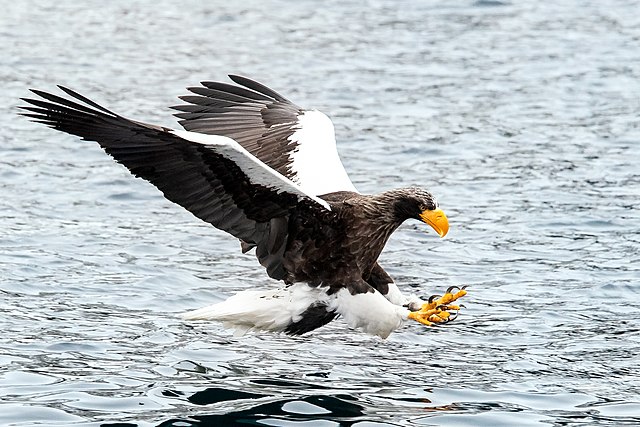 Tapihana's sea eagle are endangered, hunted for their characteristic iridescent black tail feathers, and nesting sites on coral islands are a matter of Mauhian national security, and the region is off-limits to private traffic and subject to armed patrols.
Tapihana's sea eagle are endangered, hunted for their characteristic iridescent black tail feathers, and nesting sites on coral islands are a matter of Mauhian national security, and the region is off-limits to private traffic and subject to armed patrols.
Notable flora
Fan kelp forests
In the shallower water around the the central sea is a kelp forest made of fan kelp. Unusul in that it is found in tropical waters, and the fan kelp forest supports dozens of unique species of shrimp, sea snails, sea stars and brittle stars, and the only known spawning site of the iconic cloud rays.Seagrasses
Of fifty species of seagrass in the world, thirty-nine are found in the Kuwekuli sea, and fifteen are endemic.Marine algae
Over a hundred and fifty species of marine algae have been identified in the sea. Some algaes - such as goldenscale and black turtle grass - are now farmed commercially for food, medication, and biodiesel.Notable fauna
Cloud rays

by Swanson Chan
Sky turtles
Fossil evience shows that prehistoric sky turtles were up to a kilometer long and capable of flying like the cloud rays. The fossilised shells of these prehistoric giants form the smaller islands around the caldera are built. The legendary hero Ka'aona Kailikea was chief of a city built on the back of a flying sky turtle several miles wide. Contempoary sky turtles are much smaller, though still among the largest sea turtles, blue and white in colour and extremely elusive. Little is known bout these creatures, including their population, life span, or life cycle, but they have not been sighted outside the caldrea.Birds
Albatross

Short tailed albatross by James Lloyd

Black footed albatross by James Lloyd Place
Finch
Over three dozen unique species of finch can be found on the islands around the caldrea. Nine species are flightless, and only six are found anywhere else in the world. All the caldera finch are descended from a single blue and green songfinch who was accidentally killed by Ka'aona Kailikea while she was out hunting. In remorse, she plucked the songfinch and cast its feathers to the wind, while singing a spell that would turn each feather that found land into a new bird.Sea eagles
Tapihana's sea eagle and roseate sea eagle occupy the eastern-most and western-most spans of the caldera respectively. Both feature heavily in the region's mythology, as messengers for the gods of the night and the day, and Mauhia is often depicted as a Tapihana's sea eagle.
Brahmini bd by Md shahanshah bappy

Adult Steller's sea eagle fishing by Julie Edgley
Type
Sea
Location under
Remove these ads. Join the Worldbuilders Guild

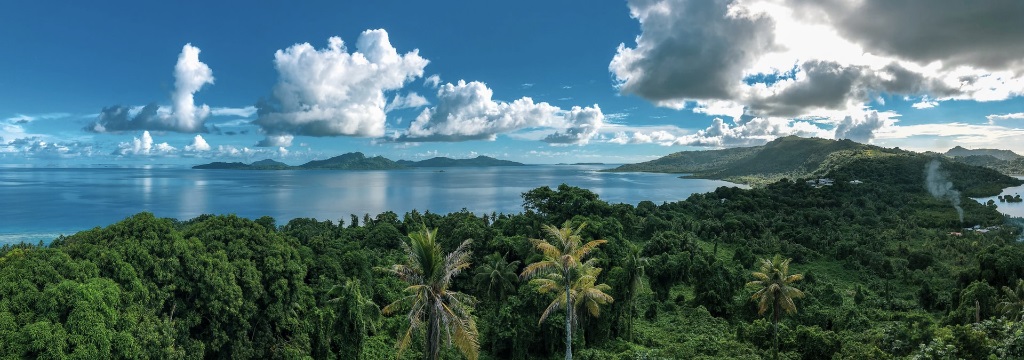
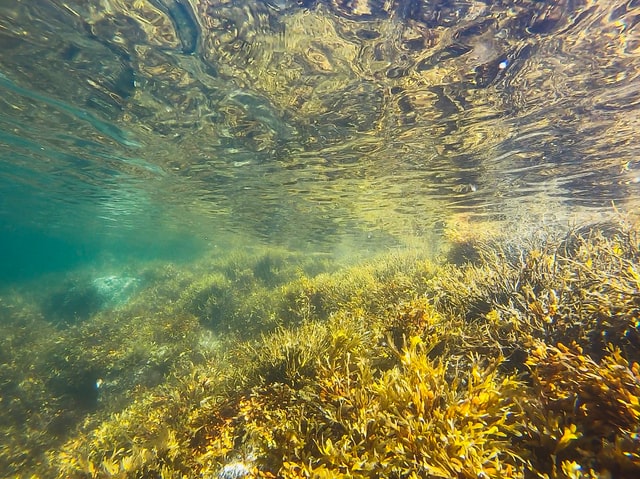



Comments